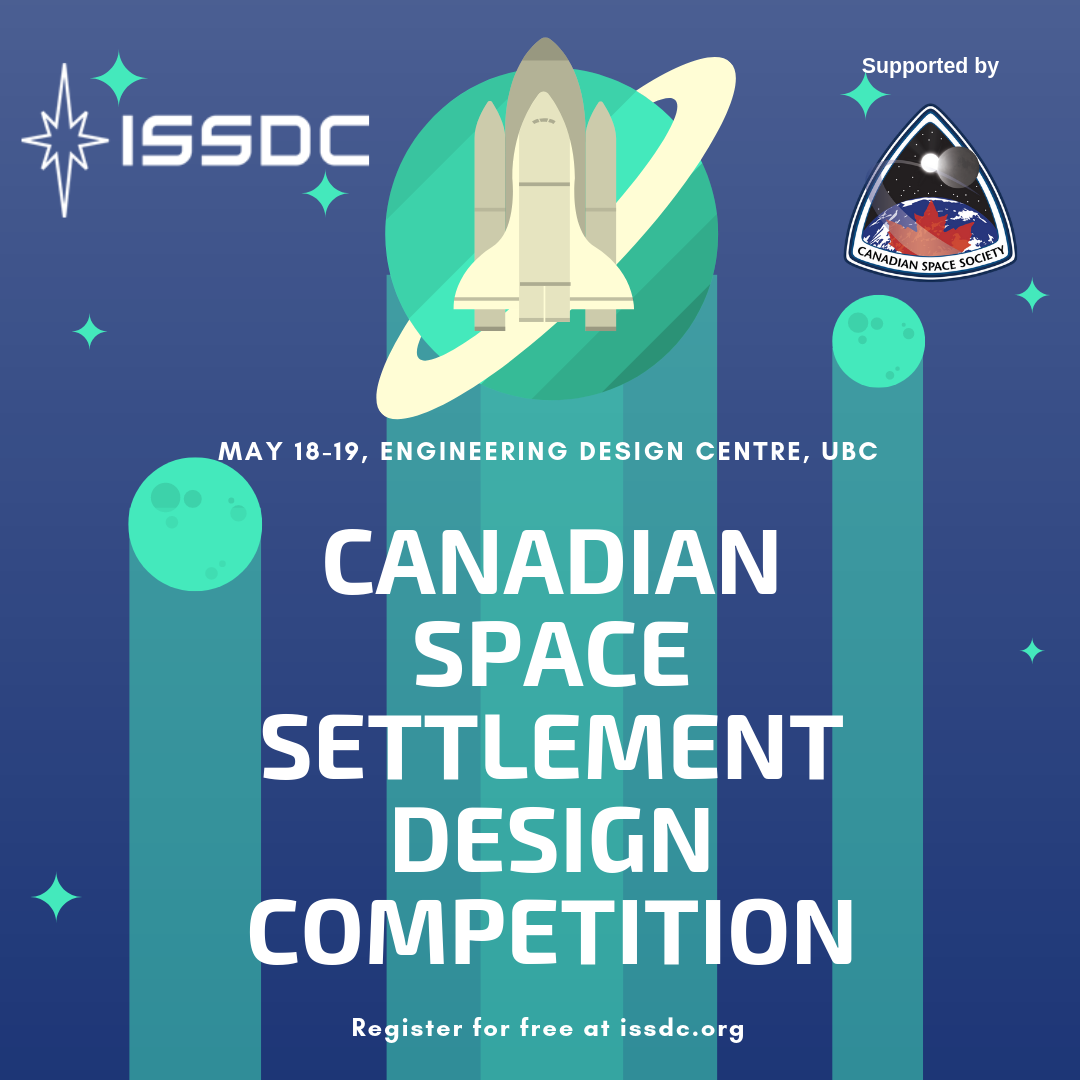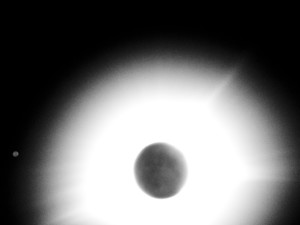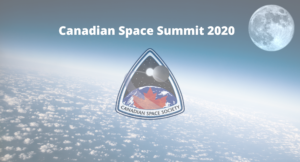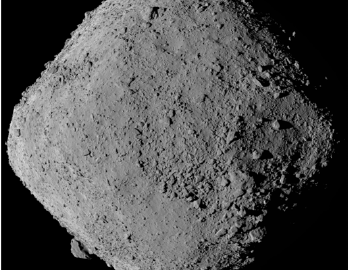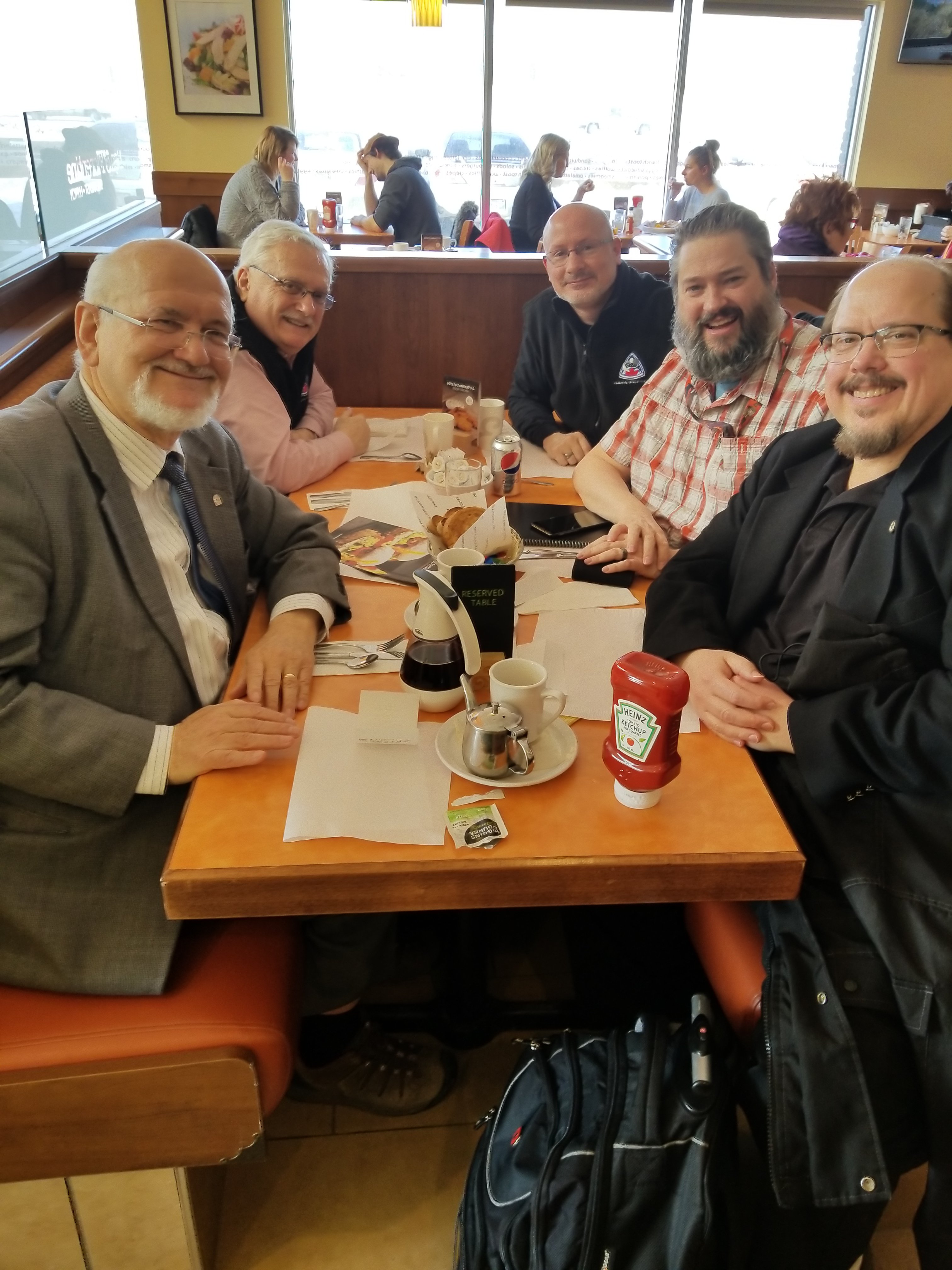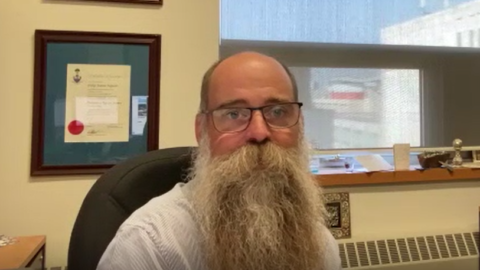Interview with Dr. Ed Cloutis from the University of Winnipeg who will take part in testing Canada’s 4% of the OSIRIS-REX sample return from the asteroid Bennu. Interviewed by Joshua Sorell
Q: Tell us about the asteroid Bennu and why it was chosen for a sample return mission.
A: It’s what’s called a near earth asteroid, which means that its orbit comes close to or intersects the orbit of the earth. Doesn’t mean they’re on a collision course. It just means that the ellipse that defines its orbit at some point is close to the orbit of the earth. So that provides an opportunity to visit these kinds of asteroids with current rocket capabilities. That’s the first the first thing that goes into selecting Bennu as an asteroid for this sample return mission.
The other part is that there are different compositions of asteroids out there. Bennu is one of a small group that are very dark and that suggests that it may have organic compounds on its surface that darken it. You can think of like ashes from a fire or charcoal, think of how dark they are. They’re dark because of the kind of organic molecules they contain. For that reason, Bennu is of interest because if it also contains a lot of organic molecules, then that’s good for people that are interested in what role asteroids might have played in seeding the earth with organic molecules that could have helped kickstart life arising on the earth. That’s a main science goal, does this thing contain organic molecules? And what kind of molecules are present on the surface?
The third reason it was chosen is because the way the orbits of earth and Benu work meant that it could be accessed during this period when the mission was approved.
The fourth point was we wanted an asteroid that was big enough that it could be it could represent maybe different rock types on its surface. We wanted something carbon rich, decent size for spacecraft operations, near earth, and carbon rich. Bennu ticked all the boxes and so that’s why it was chosen.
Q: You are going to get as part of the Bennu sample, for testing at the University of Winnipeg?
A: That is the plan. Yeah. For background, Canada contributed a science instrument to the mission that was paid for by the Canadian Space Agency. And in exchange for that, we get 4 percent of the sample that comes back. Once they open the capsule and have a look at the sample, Canada will pick its 4 percent and that sample will eventually come to Canada. Probably be housed at the Canadian space agency headquarters in Quebec. Then from there, we will probably get a sample here at the university of Winnipeg to do some analyses on
Q: Do you have any idea when you will get a piece of sample?
A: I have rough ideas and I’m not sure that my rough ideas are right. Part of it depends on when they open the capsule, when they decide to split the sample, when they have the facility available at CSA to store the samples, there’s a lot of things that have to happen. My best guess is that we will get a portion of the sample probably in the spring of 2024 sometimes.
Q: When you do get a sample, What is your lab specifically going to be looking for?
A: One of the strengths that we bring to the analysis of the sample is that there’s different ways of analyzing samples. Some you have to maybe dissolve a piece in acid or do something to it, which is what we call destructive testing. We work with what’s called optical spectroscopy, which you can think of it as very high tech digital cameras that looks at the sample across hundreds of wavelengths, as opposed to, the red, green, blue of a cell phone camera. We’ve got, let’s say, very high end digital cameras and the advantage of what we do is that we can look at the sample while it’s held in like a sealed canister with a glass window on it. When you’re analyzing a sample as precious as this, that’s normally the procedure you take. Is let’s study it with these non destructive techniques that we have and then eventually we break the sample apart and we do different kinds of analyses that are increasingly destructive. We’re always sort of the first, the technique that we use is spectroscopic technique is usually the first thing that we do to a sample because we don’t have to crack open the container. We can do it non destructively and it doesn’t harm or change the sample in any way.
Q: What will you specifically be looking for in your lab?
A: Two things. One is that we’ve studied the asteroid from the spacecraft. The OSIRIS-REx spacecraft was orbiting around Bennu for about a year and a half, so we studied it a lot and we made some predictions about what it’s made of. One of the first things I want to address is did we get it right or wrong? If we got it wrong, how wrong were we? I really want to see whether our predictions of Bennu’s composition without having a sample in hand, were they correct? And the sample that we bring back will help us to address that.
The second thing that we want to do that’s of interest to me and a lot of people is as you mentioned, looking at the organic the organic part of the sample, like the carbon hydrogen molecules that are in there. I mentioned before that we think that the organic molecules that we needed on earth for life to arise came from asteroids and what we really don’t know is how complex those molecules were. I’m not a biologist so I can’t really speak to this like in gory detail, but if you think of life on earth, we talk about things like proteins and amino acids and those kinds of things. We’re not sure if those are present in on asteroids. One of the things we want to look at is what’s the complexity of the organic molecules that are on Bennu and from that, it sort of tells us how close to life were we with the stuff that fell to earth before life evolved here. That’s a big question for us.
Q: Will you need to make any custom changes to your lab for the coming sample?
A: We’ve been set up for a couple of years now to work with samples in sealed containers and so I think we’re pretty much set to analyze the sample. One of the main things we want to do with these samples is not to expose them to the terrestrial environment. We don’t want to expose them to air where there’s moisture that could make the samples rust. We don’t want to expose them to microbes that could screw up our organic analysis. We have worked with samples, like samples of the moon, for instance, where we want to apply the same kind of protection to the samples. Bottom line is we are set up and we have worked with these kinds of samples before. We’re good to go.
Q: That’s pretty much all that, all the questions that I had. Is there anything else you would like to add?
A: I was just thinking back like you know, the mission was selected back in 2011, maybe 2012. I remember vividly being here at the university and we watched the launch of the mission on a big screen and that was back in 2016. years ago. I look back on it’s like, damn, that seemed like it didn’t seem like 7 years. It seemed like, oh, we just launched this stupid thing and now it’s coming back to earth. Space missions are long, but when you’re part of the mission, it doesn’t seem that long. I wasn’t sitting back, fretting, waiting seven years for the mission return, I work on other space missions too, but sometimes the years kind of kind of fly by. I’m just happy that the sample made it back safely. Looking forward to opening it up and seeing what kind of goodies it brought back for us.


